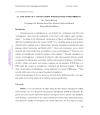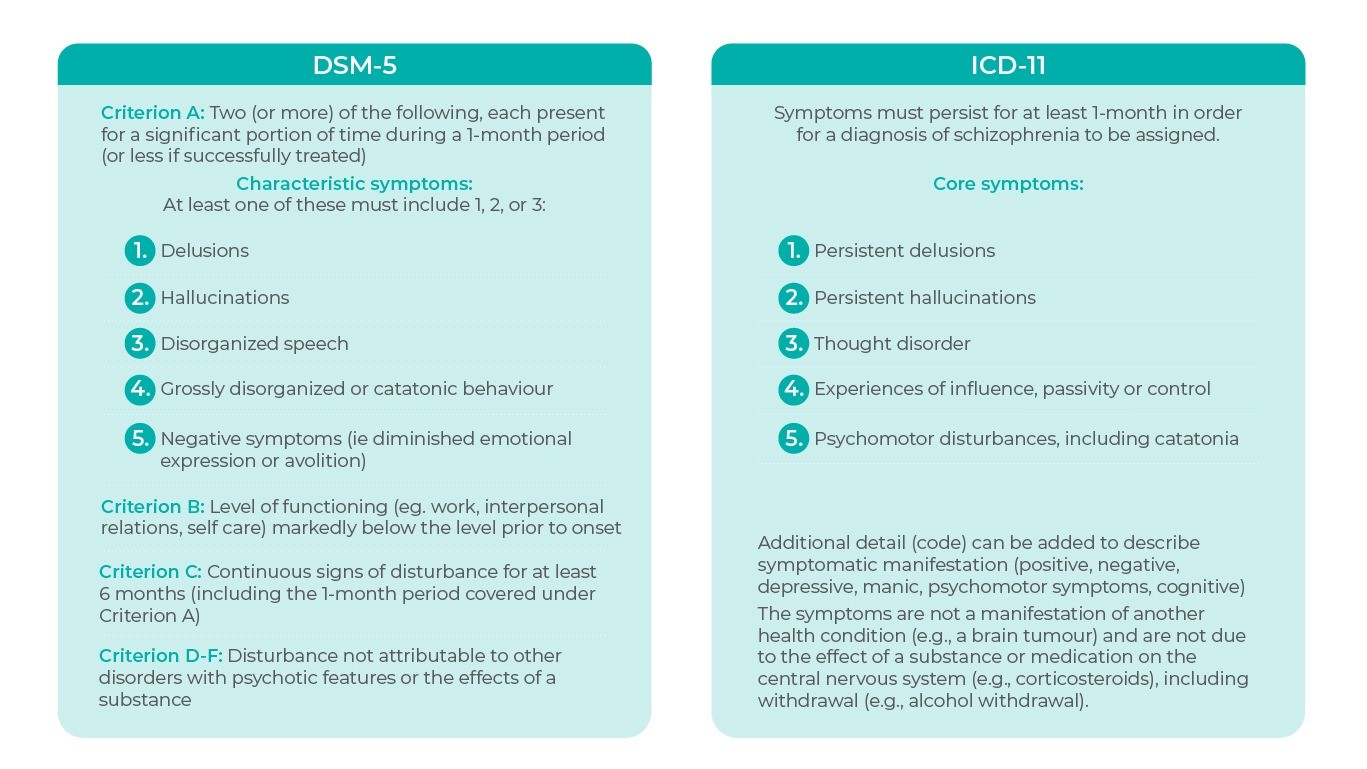

While a number of authors had suggested that a dimensional approach to personality disorders was most appropriate by the early 90s ( 7, 8), little agreement existed on what direction progress should take. However, a dimensional approach has been slow to be accepted by those involved in the classification of personality pathology. Four meta-analyses using a total of 52 independent samples involving 13,640 individuals concluded that personality pathology can be adequately represented as constellations of extreme scores on normal personality models, most notably the five-factor model ( 6).

Generally, there is empirical support for such a dimensional conceptualization. The question of whether using a dimensional model of personality to understand personality disorders can work has been subject to significant scrutiny. Probably not surprisingly, normal and abnormal personality are, at least to some extent, related to each other ( 5). These dimensional constructs were similar to dimensions of personality which have been reported in the general population. Second, the classification was inconsistent with what data was available, with most evidence suggesting personality abnormality was distributed along a dimension ( 4).

In addition, the complexity of personality disorder nosology resulted in any interest being confined to the specialist few, with the general clinician becoming even less involved. When clinicians did make a personality disorder diagnosis, they generally used two of the 10 official categories, borderline and antisocial, as well as the catch all “personality disorders not otherwise specified” (PD NOS). Clinicians responded logically they largely ignored the whole concept of personality disorder, resulting in rates of diagnoses being less than one quarter of that reported in systematic reviews ( 3). Some categories had their origins in Galen's temperaments described over 2,000 years ago, while others, such as Borderline Personality Disorder, appeared in 1980. The descriptions appear to have evolved from historical precedents, clinical experience, and committee consensus. First, the system was too complex with around 80 criteria, some of which overlapped, and 10 separate categories based on no coherent model or theory. When the ICD-11 working group for the revision of the classification of personality disorders was established in 2010 there was a great deal of dissatisfaction with the current ICD-10 ( 1) and DSM IV ( 2) classifications. However, for the model to be successful, it needs to be embraced by clinicians and used widely in normal clinical practice. Early evidence around the reliability and validity of the new model appear promising, although at present there is still limited specific evidence due to the model being so recently finalized. The ICD-11 shows considerable alignment with the DSM-5 Alternative Model for Personality Disorders. Clinicians may also specify a borderline pattern qualifier. This diagnosis can be further specified as “mild,” “moderate,” or “severe.” Patient behavior can be described using one or more of five personality trait domains negative affectivity, dissociality, anankastia, detachment, and disinhibition. The ICD-11 classification abolishes all categories of personality disorder except for a general description of personality disorder.

These included unnecessary complexity, inconsistency with data on normal personality traits, and minimal consideration of severity despite this being shown to be the major predictor of outcome. This was felt necessary because previous personality disorder classifications had major problems. The ICD-11 classification of personality disorders represents a paradigm shift in diagnosis.


 0 kommentar(er)
0 kommentar(er)
